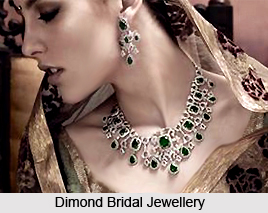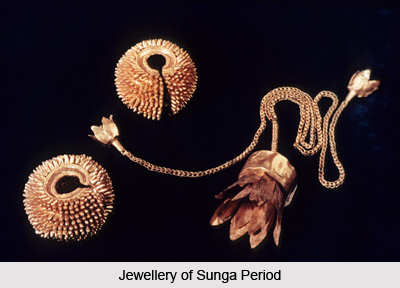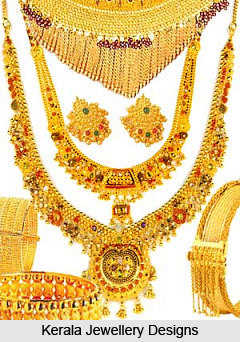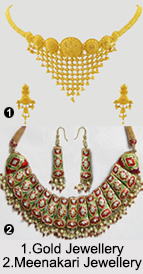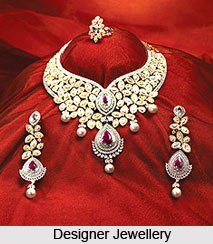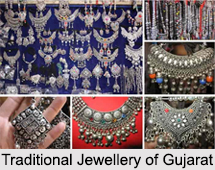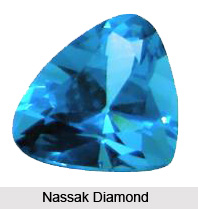 Nassak Diamond seems to have derived its name from the city Nasik. Another discovery from the Golconda mines, this stone is an additional example of the earlier wealth of Indian temples. This triangular shaped stone weighed 89 carats at that time and had been cut in an old Indian style that did nothing for its brilliance. Nassak Diamond originated in the 15th century in India. It adorned the statue of Lord Shiva in the Trimbakeshwar Shiva Temple and is considered one of the first 24 great diamonds of the world. The British East India Company acquired the diamond through the Third Anglo-Maratha War.
Nassak Diamond seems to have derived its name from the city Nasik. Another discovery from the Golconda mines, this stone is an additional example of the earlier wealth of Indian temples. This triangular shaped stone weighed 89 carats at that time and had been cut in an old Indian style that did nothing for its brilliance. Nassak Diamond originated in the 15th century in India. It adorned the statue of Lord Shiva in the Trimbakeshwar Shiva Temple and is considered one of the first 24 great diamonds of the world. The British East India Company acquired the diamond through the Third Anglo-Maratha War.
History of Nassak Diamond
The stone is suspected to have been the eye of a Shiva Idol in one of the shrines in Nasik. It is said that a Maratha chief entrenched the diamond there by, but as time passed and the Maratha Empire began to deteriorate, it was stolen. It finally became the property of the ruling Peshwas, Bajirao II, after passing through several hands. The British fought and defeated the Peshwas in 1818, in an intolerant bid to reinforce their empire, storming their forested palace. Emeralds, diamonds, pale pink rubies, drinking cups of gold and coffers of shimmering pearls dazzled the domineering Englishmen who ransacked chests after chests of treasures. The unfortunate Peshwa tried his best to hide the Nassak diamond. Colonel Briggs who was in charge of the plunder smoothly takes possession of the prized booty along with all the other jewels of Peshwa. All of these were taken to Governor-General Warren Hastings who was Commander-in-Chief of the forces in India. Hastings handed over this stunning gem to the East India Company. After its possession, the East India Company had the Nassak sent to England.
Journey of Nassak Diamond around the World
George III who ceremoniously passed it on to the distinguished firm of "Rundell and Bridge", the crown jewellers, received the Nassak. The crown jewellers "Rundell and Bridge" were aware of the difference of that finer. This task needs to be skilfully carried out. The resulting precious stone was reduced to 80.59 carats, which was a loss of a little less than 10 percent. "Emmanuel Brothers", the London jewellers, bought the Nassak, during the time of a national financial depression in July 1831, for a shockingly low sum of £ 7,200. This was a third of the gem"s estimated price and the new owners were in all likelihood proud to have made an authentic investment for a mere meagre amount.
On July 20, 1837 afterward, the glittering Nassak came up for auction at Willis`s Rooms in London. The first marquis of Westminster was the person, who purchased the Nassak, as well as the two pear-shaped Arcot diamonds. The marquis wore the lustrous Nassak in the hilt of his dress-sword on the prestigious occasion of Queen Victoria"s 18th birthday reception. Before the second Marquis of Westminster sold it to the famous Parisian jeweller, Georges Mauboussin, the diamond remained in his family till 1926.
Again Mauboussin tried to sell the Nassak in Europe. But his efforts were to no avail. He dispatched the gem to the United States of America, in order to explore a new market and designating it as an "Artistic Antique", meant for showcasing. This caused a rumpus among American jewellery dealers who knew that he had cleverly labelled it as an antique to avoid excise duties.
In 1940 the Nassak was then sent back to Paris. Harry Winston Inc the New York jewellery firm purchased it in Paris. It then made its second passage to America. Winston offered it an emerald cut, which resulted it, weighed 43.38 carats, retaining its triangular shape. He sold it to another New York jeweller, who in turn sold it in 1944 to Mrs William M Leeds. She had it set in a ring embroidered with two tapered baguettes.
The Nassak came up for auction again on April 16, 1970. This time the auction took place at the Parke-Bernet Galleries Inc in New York. In a matter of minutes, Edward Hand of Greenwich bought the gem for a sum of $ 500,000. This purchase, created history in diamond sales at that time, as the Nassak had been sold for a price that was the second highest ever paid for a gem.
Later, Bulgari, the famous jewellery firm of Italy, and J & S. S De Young, the Boston estate goods firm, bought the gem jointly. In 1977, the king of Saudi Arabia, Khalid bins Abdulaziz Al-Saud bought it from them. Head of the international Mouawad Company that specializes in fine jewellery Robert Mouawad later bought it.


